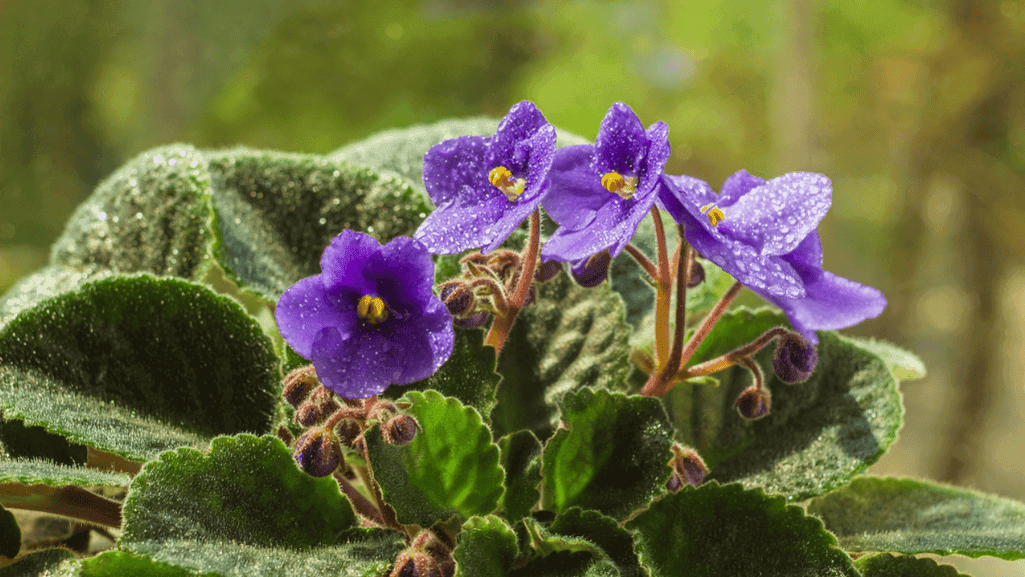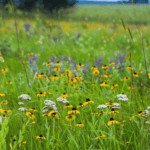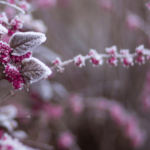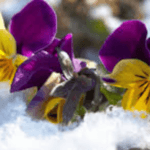
Beautiful flowers gardenia Plants For Your homes

Choosing the right selections makes a big difference in how your garden performs from spring through fall. This guide helps you pick reliable options that stand up to cold snaps and return quickly in spring.
We focus on practical shopping tips, timing around local frost dates, and how to read online catalogs so you buy the right specimens the first time. Pairing shrubs and vines with perennials and bulbs creates a layered look that stays attractive between blooms.
Learn simple steps for soil prep, light needs, and spacing to protect your investment and reduce disease. For background on cold tolerance and regional maps, see the USDA overview at cold-hardiness guide.
Start by pinning down typical winter lows and the frost-free window to match plant choices to your site. Knowing the local average minimums clarifies which selections will reliably survive your coldest nights.
5a records average minima from −20 to −15 °F (−28.9 to −26.1 °C). 5b spans −15 to −10 °F (−26.1 to −23.3 °C). These bands shape how much cold tolerance you need when comparing labels and product pages.
The typical frost-free window runs from early June to early September. That brief period affects sowing, transplant timing, and when to apply fertilizer.
Tip: For commercial buying, watch the unit price per container and the regular price on product pages to compare value for your specific site conditions.
Find tested varieties that give steady color, structure, and survival in cooler winters and short growing seasons.
How we chose: Trial data focused on survival through 5a–5b winters, vigor in cool springs, and disease resistance. We favored selections that support pollinators and cut maintenance needs.
Before you buy, check each product page for the hardiness zone listing and use the USDA ZIP finder to confirm fit. Compare unit price per container and regular price to get the best value. Prioritize species with extra cold tolerance to protect against unusual winter dips.
Planting bulbs in autumn gives you reliable spring blooms that brighten cool weeks before perennials wake up. Choose fall-planted favorites—tulips, daffodils, hyacinths, alliums, and crocus—for a steady sequence of color after chilling periods.
Site and soil: Remove weeds, loosen the soil, and add compost so bulbs root quickly and resist rot. Pick well-drained spots with full sun to light shade; raised beds and sandy loam reduce spring thaw waterlogging.
Timing and design: Stagger bloom time by mixing early crocus with mid-season daffodils and later tulips. Cluster bulbs in drifts of 7–15 for natural impact and interplant with perennials that emerge later to hide fading foliage.
Mulch lightly after the ground freezes to limit heaving, then pull it back in spring to warm the soil. In areas with deer or rodents, favor daffodils and alliums for resistance, and reserve tulips for protected beds or containers.
Mark beds clearly and rotate bulb groupings every few years. For extra summer color, add spring-planted choices—dahlias, gladiolus, and lilies—once frost risk passes or start them in pots indoors to jump-start growth.
Plant choices that demand 6–8 hours of direct sunlight reward you with richer blooms and stronger stems. Use these sun lovers to build a durable, colorful border that supports pollinators all season.
Give plants 6–8 hours of direct sun to ensure tight buds, saturated color, and sturdy stems. In too little light, growth stretches and blooms thin out.
Amend beds with compost and check drainage before planting. Water deeply but less often to encourage deep roots and summer resilience.
Deadhead to extend flowering and divide clumping varieties every few years. Site hibiscus in the warmest spot and be patient—late emergence is normal but worth the wait.
Commercial tip: when buying, compare unit price per container and regular price to balance quality and value for your garden.
Transform understory space with long-lived selections that favor cool, filtered light and steady moisture.
Top shade seekers include hellebores, hostas, astilbe, bleeding hearts, toad lilies, and ferns. These choices deliver layered texture and seasonal interest even where sun is limited.
Poor soil limits success in shady beds more than low light. Add compost and leaf mold to improve structure and fertility before planting.
Plant in small pockets of amended soil when working near tree roots. Use hand tools to avoid cutting feeder roots and mulch lightly to protect the root zone.
Edge beds with clumping varieties to simplify care. Watch slugs on hostas and use cultural controls. When buying, compare unit price per container and regular price to balance value and quality.
Begin by finding your local growing map; it keeps shopping precise and saves returns. Use a ZIP-based lookup to confirm which zones cover your address before you add items to your cart.
Use a growing zone finder by ZIP and then check each product page for the listed hardiness zones. This step ensures every selection can overwinter where you live and avoids mismatched purchases.
Try a spacing calculator: enter bed length, width, and the center-to-center spacing in feet or inches. The tool returns a plant count so you don’t overbuy or leave gaps.
“Translate mature width into center-to-center spacing and round to standard increments for cleaner layouts.”
Compare unit price per container and the regular price across similar cultivars to balance value and performance. Keep a running list with quantities by bed so planting day is efficient.
After planting, track each cultivar’s survival and adjust spacing or selection in future orders for steady improvement.
A practical buying list, timed installs, and basic soil work deliver the most reliable garden performance. Use USDA ZIP lookups and product listings to confirm fit for your local zones and temperature ranges.
Keep a strong, practical checklist for spacing, and use a spacing calculator to order the right counts so beds look full and airflow stays good.
Anchor early color with fall bulbs, choose sun lovers for bright borders, and pick foliage-forward shade options for cool spots. Lean on tested cultivars to cut losses in winter and speed establishment in spring.
When comparing vendors, watch the unit price per container, unit price, and regular price so you buy value, not just hype. Treat this roundup as a blueprint for confident shopping and efficient installation. Your garden will repay the care from spring into summer and beyond.




